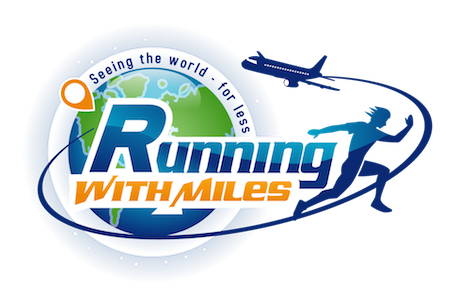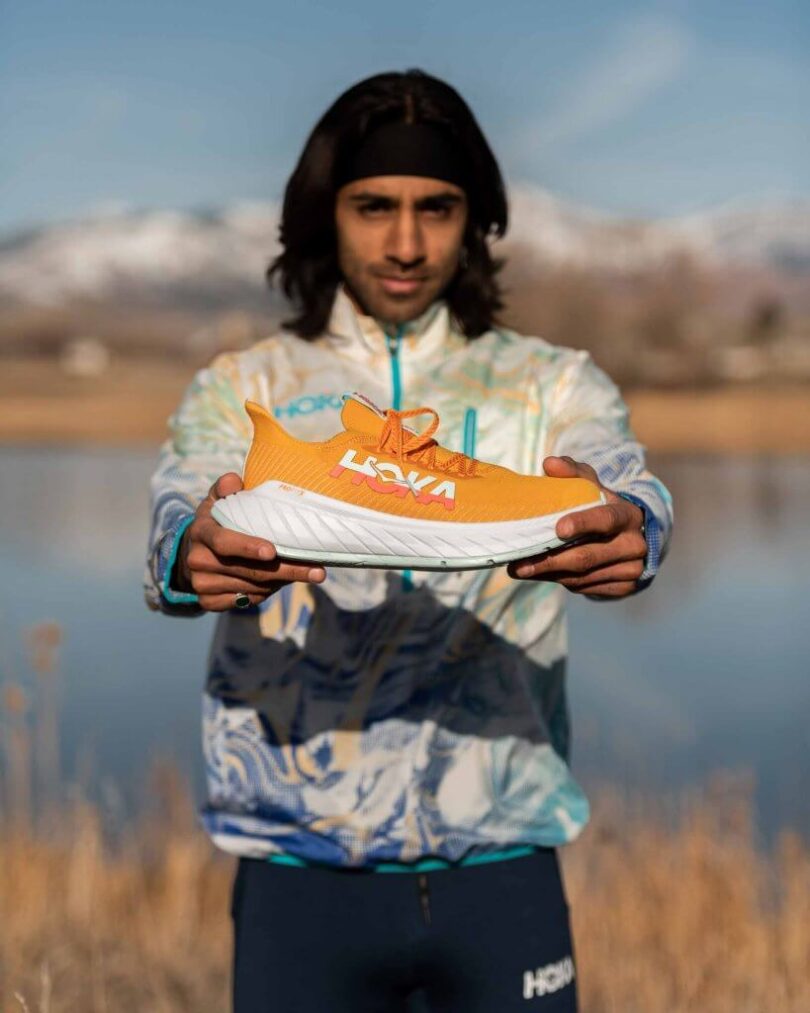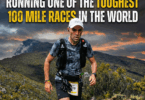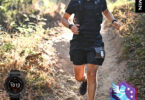Running 100 miles is no joke – it is an extreme distance that takes incredible physical and mental endurance to complete. My 100 mile trail time is just over 26 hours so I am definitely not anywhere near the elites that run this distance. The winner of my race did it in like 18 hours. But, running for that amount of time and that distance has shown me what it takes to finish so I certainly know how difficult it can be.
Imagine doing that kind of a race at that distance – and then finding out after an incredibly run race that you are disqualified and no longer the US champion because your shoes were 8 millimeters too high. Well, that is what happened at the 2025 Jackpot 100 Mile Road Championship to initial winner Rajpaul Pannu.
Since this was a USATF competition race, the USATF rules apply to the race. This includes the stack height of shoes. With the advent of super shoes, the USATF had to make rules defining what was competition eligible and the rules currently state that the maximum stack height for the shoes is 40mm. The HOKA Skyward X shoes that Raj wore measured in at 48mm.
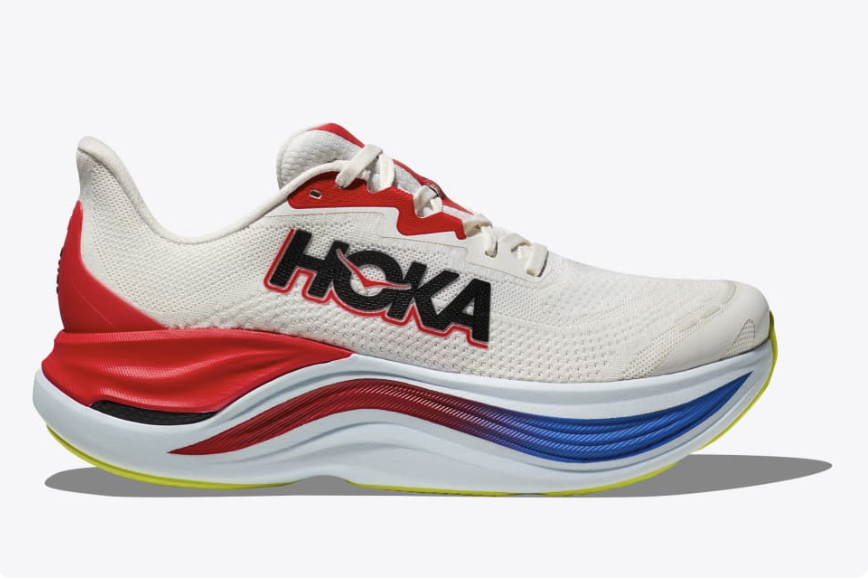
Rajpaul ran the 100 mile distance in a time of 11 hours and 52 minutes. This equals an average pace of 7 minutes and 8 seconds per mile – for 100 miles. That average pace is overall so that means his actual running pace was quite a bit faster when you realize that he would have had to take some breaks for bathroom or nutrition/hydration (though elites take very little time for fueling breaks, even in 100 mile races).
While some may say, what’s the big deal?!, the truth is that every little bit helps in a race. This is why at major marathons, the elites have to have their chosen shoes approved by race officials before the race begins. There have been races where a runner swapped shoes (and claimed it was a mistake) and won the marathon only to be disqualified later over the use of unapproved shoes.
That difference in height on the heel can help with absorption of force and propelling forward so that the runner feels slightly less fatigue. With 100 miles, even the smallest decrease in overall fatigue can be huge. Nike even has shoes that are named by the percentage that they say the shoes can help in a marathon. For their 4%, they suggest that it can bring your marathon time down by 4% with the use of the shoes, all things being equal. These super shoes are really only reaching their full potential of effectiveness for paces over 7:26 per mile, which Rajpaul had been running.
Here is Raj’s statement on the disqualification from the championship race:
View this post on Instagram
While this is certainly a disappointment for Raj, I would imagine that this still may work out ok for him and his sponsor, HOKA. I had seen these shoes before and there were not that many people that the HOKA website showed as having viewed them. Now? Just in the past day, 1,500 people have viewed them and some sizes are already sold out. Raj beat the second place finisher (and the new champion after the DQ) by 90 minutes. While that is not due exclusively to the shoes, there will certainly be many runners that will want to buy and try the “competition-illegal” shoe for themselves.
For those that may remember, this is what happened to the original Air Jordan 1 in 1985 – it was banned and Jordan fined for every game he wore them because they did not fit the uniform policy. And guess what? They sold out and became hugely popular. Ultra marathons are certainly not as popular as basketball but within its own niche, I bet HOKA comes out of this pretty well.
